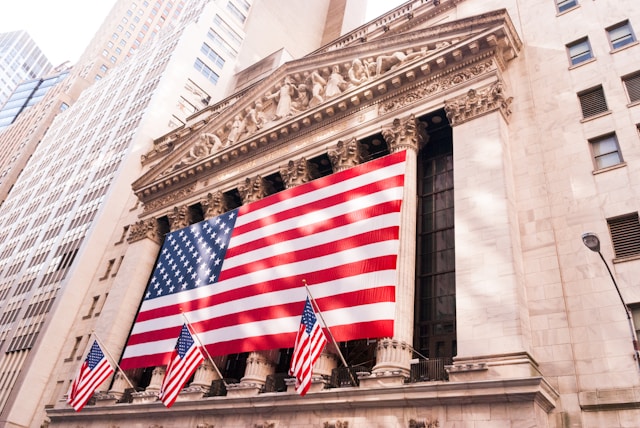Deutsche Bank has set a bold new target for the S&P 500, forecasting the benchmark index will soar to 7,000 by the close of 2025. This ambitious projection reflects the bank’s analysis of strong demand-supply dynamics in U.S. equities and a stable economic backdrop.
Key Drivers Behind the Prediction
Steady Inflows into Equity and Bond Markets
Jim Reid, Head of Global Economics and Thematic Research at Deutsche Bank, highlighted robust inflows into both equity and bond markets as a cornerstone of this forecast. Although these inflows may slow slightly, the underlying momentum is expected to sustain market growth.
Rising Corporate Buybacks
Deutsche Bank anticipates S&P 500 buybacks will climb from an annual rate of $1.1 trillion to $1.3 trillion in 2024, bolstered by earnings growth. This increase is seen as a critical factor supporting the upward trajectory of the index.
Equity Positioning and Historical Trends
While current equity positioning is near historical highs, limiting potential upside, Deutsche Bank believes strong demand-supply fundamentals will keep U.S. stocks resilient. The bank’s analysis places the S&P 500 within a post-GFC (Global Financial Crisis) uptrend channel, projected to range between 6,000 and 7,500 by the end of 2025.
Sector Outlook: Cyclical Tilt with Financials in Focus
Deutsche Bank’s sector strategy maintains a cyclical tilt, reflecting broader economic trends:
- Overweight Sectors: Financials, Consumer Cyclicals, and Materials are favored due to multiple tailwinds, including economic momentum and sector-specific growth opportunities.
- Neutral Sectors: Mega Cap Growth & Technology, Industrials, Energy, Utilities, and Real Estate are held at neutral, with growth and valuations largely priced in.
- Underweight Sectors: Healthcare, Staples, and Telecom are seen as less attractive due to weaker growth prospects.
Earnings Growth Projections
Deutsche Bank forecasts S&P 500 earnings per share (EPS) to rise by 11% in 2024 to $253, followed by another 11.6% increase to $282 in 2025. In a high-growth scenario, EPS could climb as much as 17%, reaching $295 by 2025.
Economic Strength Bolstering the Market
The S&P 500’s recent performance—marked by a sharp annual growth rate of 23.7% since its late-2022 low—is attributed to a combination of low expectations and resilient economic fundamentals.
Key economic drivers include:
- Low unemployment and strong GDP growth: A rare and powerful combination that has supported market confidence.
- Cross-asset inflows: Excess pandemic-era cash has driven larger allocations to bonds and equities.
What Lies Ahead for the Economic Cycle
Deutsche Bank remains optimistic about the U.S. economic cycle, with expectations of solid consumer spending growth and a shift from services to goods. Early-cycle indicators point to further opportunities, such as inventory restocking, increased capital expenditure outside of technology, and a manufacturing recovery.
Additional factors expected to fuel growth include rising consumer and corporate confidence, a rebound in capital markets and M&A activity, increased loan growth, and strengthening global economic conditions.
Tariff Risks: A Potential Headwind
Deutsche Bank also acknowledged the potential impact of trade policies under a second Trump administration. The U.S. president-elect has announced plans for new tariffs, including a 25% levy on goods from Mexico and Canada and additional tariffs on China. Historically, tariff escalations have led to equity selloffs, but the bank anticipates that growth priorities will take precedence.
European Equities: Room for Growth but Lagging the U.S.
Outside the U.S., Deutsche Bank sees significant upside for European equities. However, the firm does not expect Europe to outperform the U.S. in the near term.
Conclusion: A Constructive Long-Term Outlook
With a forecast of 7,000 for the S&P 500 by the end of 2025, Deutsche Bank’s outlook reflects confidence in the resilience of U.S. equities and the broader economic cycle. Investors are advised to keep an eye on evolving sector trends, potential tariff escalations, and global growth conditions as they navigate this promising yet dynamic market landscape.

